You start the padel or are you already a seasoned player? Did you realize that every stroke can be improved only with the weight transfer ?
What does weight transfer mean? At padel, when we prepare and hit punches, we perform like a dance, a choreography that has been repeated over and over again and finally to be automated, which is what makes professional players so precise and / or powerful. This choreography includes backward and forward movements. It is weight transfer.
What's the point ?
Weight transfer provides a dynamic to your game. With the track in front of you, you direct your body towards the place where you want to drop the ball. Before arriving at the strike, transferring the weight of the body backwards allows you to take time on the ball, to better organize the defense.
Who can use weight transfer?
Of course all players. And the best part is that from your first days on the track, you can realize the importance of this weight transfer and thus have an organized and sensible game. When it comes to weight transfer, just because you're going to weigh 100kg doesn't mean you're going to be more efficient than a 30kg child. More powerful to be sure, but the child will be able to be more efficient in his game if he controls this transfer correctly.
What shots include weight transfer?
All the shots, but we'll be going over them again to help you on your ascent.
The service
When serving, the idea is to reach the net as quickly as possible. We start from behind the line and we have to reach an attacking position very quickly with a blow that is supposed to endanger the opponents. We can't afford to hit the ball, stay where we are and then run forward. Everything must be done at the same time. The transfer will have to be done forward as you hit the ball, which will allow you to gain those few meters which will make the difference.
Defense
Whether it is forehand, backhand, window exits or serve returns, this is where the weight transfer is. most important and necessary. Make a first movement backwards in order to increase the travel time of the ball, to read its trajectory and to “take the time”. This is phase 1. Then comes the time to hit that ball and try to push back your opponents. This is when we will push our body forward, towards the area we want to touch.
Backward to organize, forward once the decision is made.
Sometimes our opponents' balls are played so well that we cannot finish forward. In this case, the solution is a high ball which will give us time to restart the game.
Pressurization
This is a part of the game that is used a lot to block opponents' attack or an attempt to dislodge opponents from the net. No movement backwards. Everything goes forward but with control. Do not run away without thinking otherwise you risk an accident. Pressurizing consists of transfer the body weight forward with a light stroke which will then be stopped to start again forward. In this case, it all happens on tiptoe.
Net
Volleys are very important at padel. You are in an offensive position and seek to attack without being dislodged from your net. As much at the bottom of the track we recommend to make a first movement backwards to finish forward, as much on the fly, it will be the reverse. Our body will be tilted forward so that each ball hit is heavy, efficient, with little bounce. A body tilted to the back or “camped” on its position will not favor a good volley. Once the blow is achieved, you will come back to the rear to recover the ideal position which will allow you to continue or restart the attack.
The high balls
Bandejas, viboras or smashes. These shots are first achieved by running or moving backwards. This placement is important and must be done correctly otherwise the stroke will no longer be effective and you will lose the net or the point. Understand that first of all we must move back, position ourselves and wait for the ball to then change the dynamics, go ahead, so that the shot is beautiful, clear and poisonous.
How many times have you seen people play a high ball and return to the bottom of the track? High balls are used not to lose the net or to finish a point brilliantly. If you don't feel comfortable with this type of ball, just let it go, go back to the bottom of the track with a defensive dynamic, then raise your point.
Remember, if i have to back down, the lob is the best option.
Julien Bondia is a teacher of padel in Tenerife (Spain). Columnist and advisor, he helps you play better through his tutorials and tactical/technical articles padel.




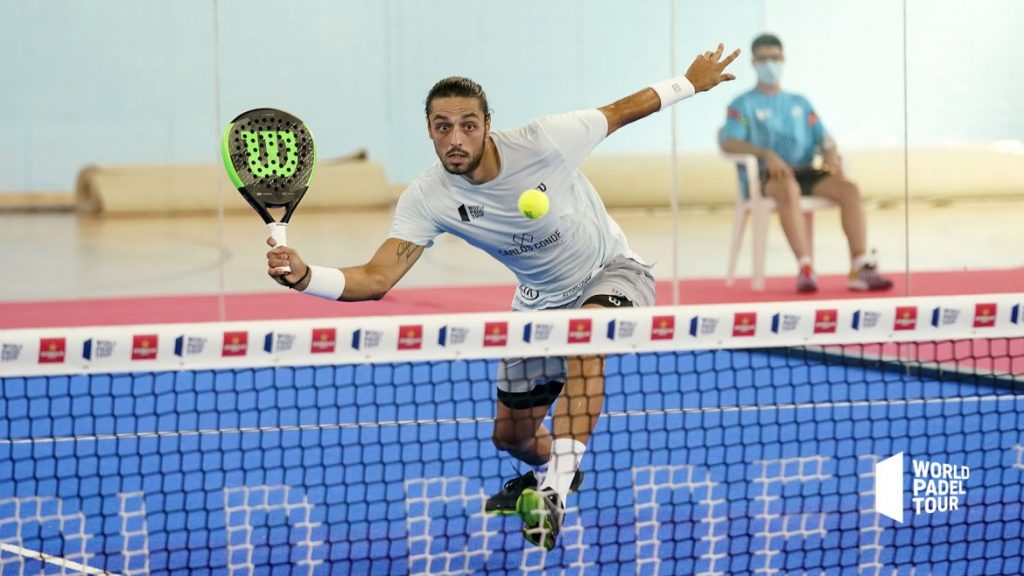































































































 World Seniors Plus 2024 – France loses after a great battle against Spain
World Seniors Plus 2024 – France loses after a great battle against Spain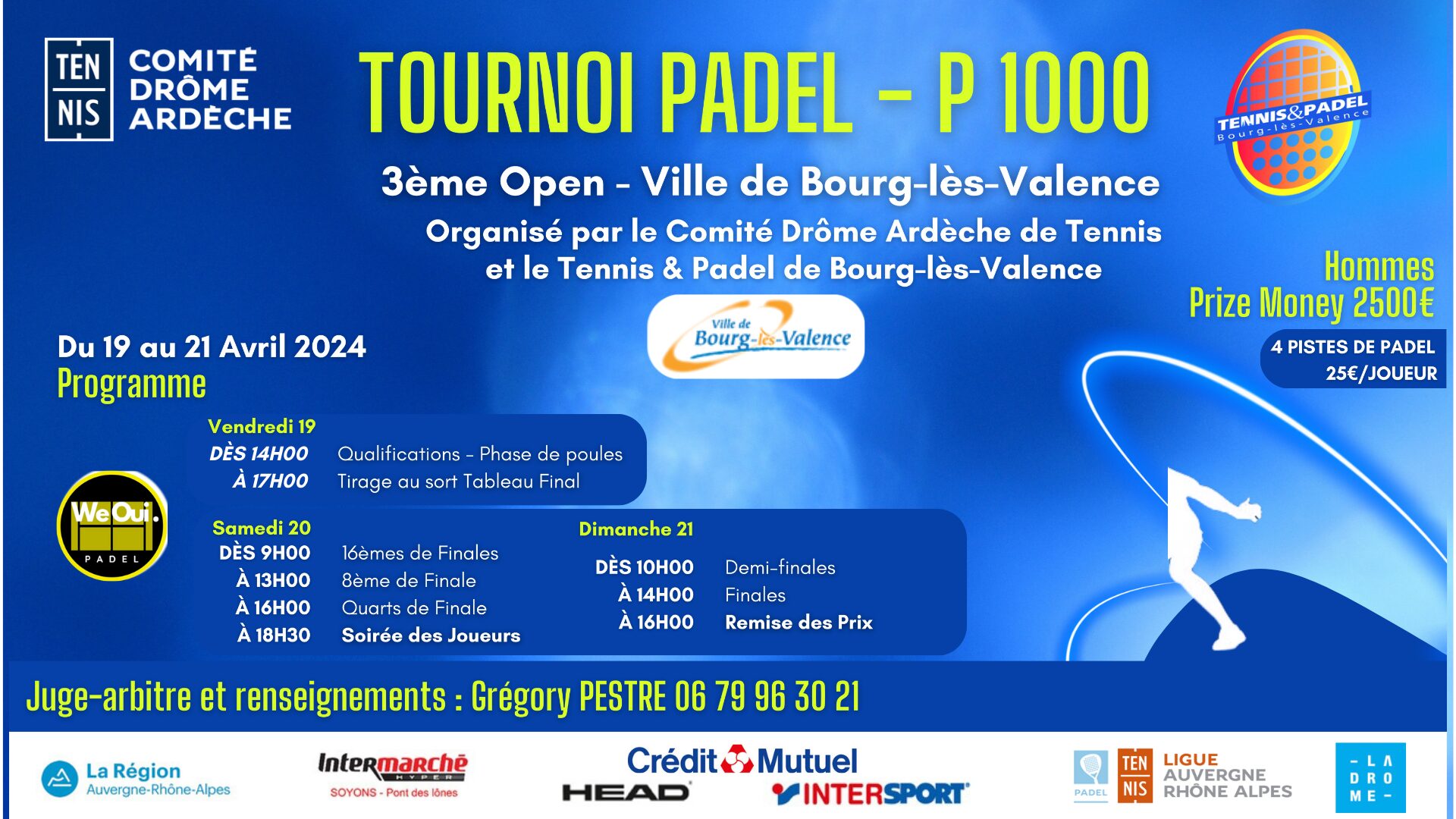 P1000 Bourg-lès-Valence – Live, programming, results…
P1000 Bourg-lès-Valence – Live, programming, results…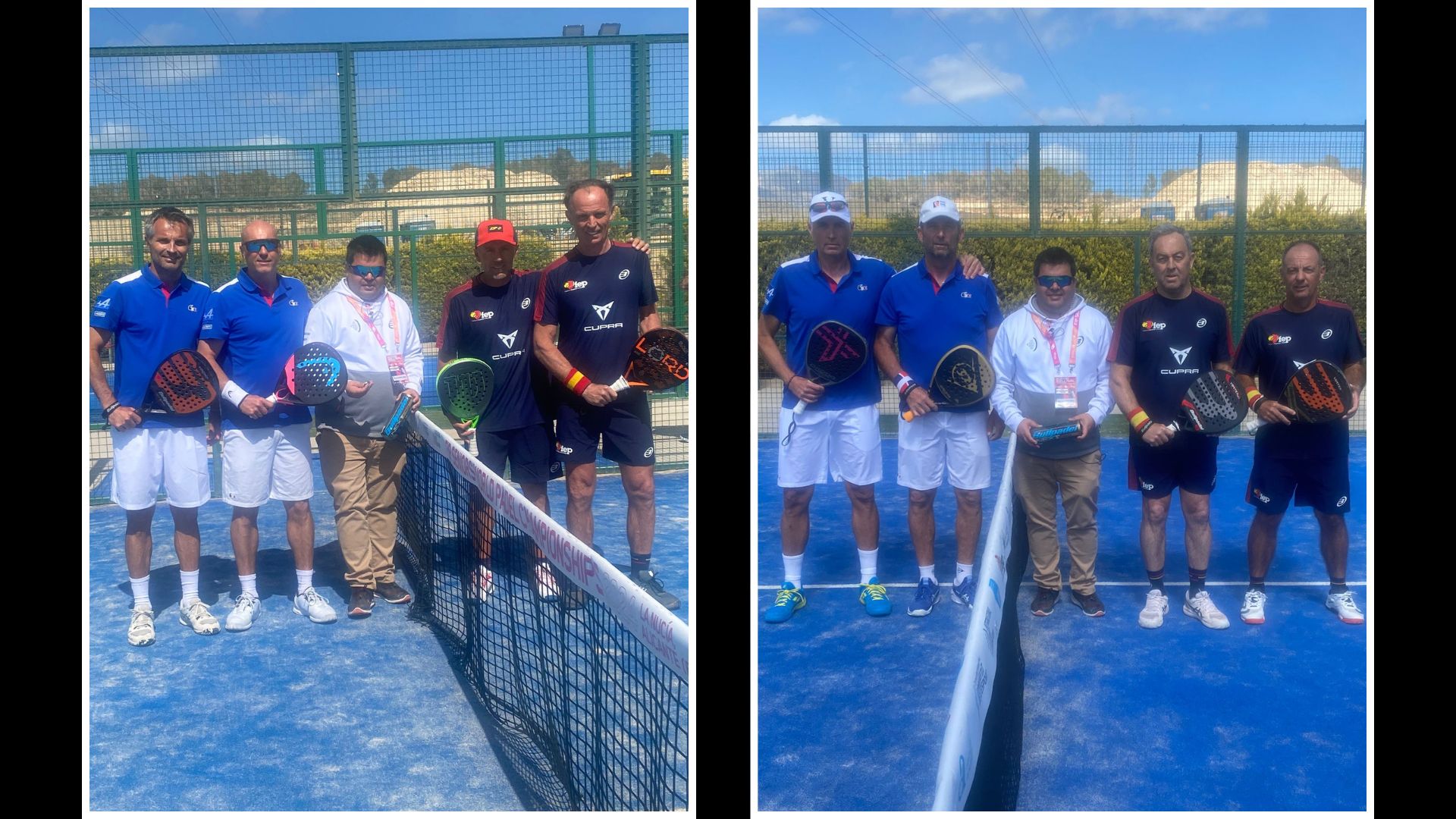 World Seniors Plus 2024 – The French are one point away from the feat against Spain!
World Seniors Plus 2024 – The French are one point away from the feat against Spain!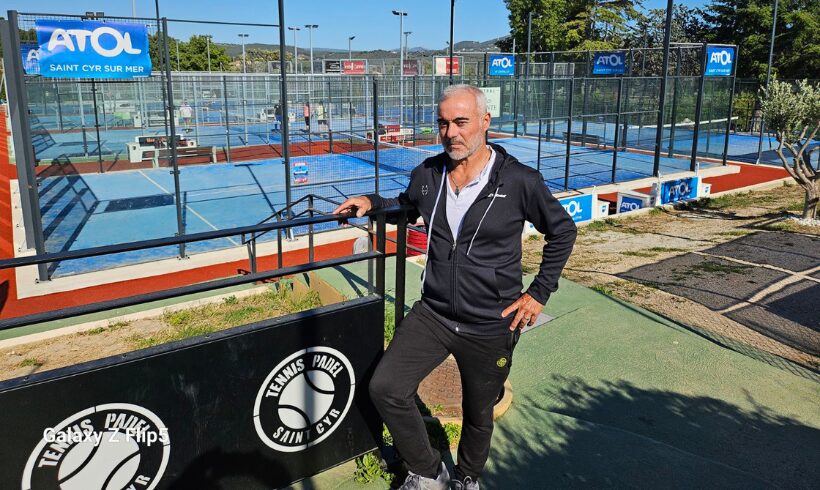 Alain Idier: “Adding tracks of padel, without sacrificing tennis”
Alain Idier: “Adding tracks of padel, without sacrificing tennis”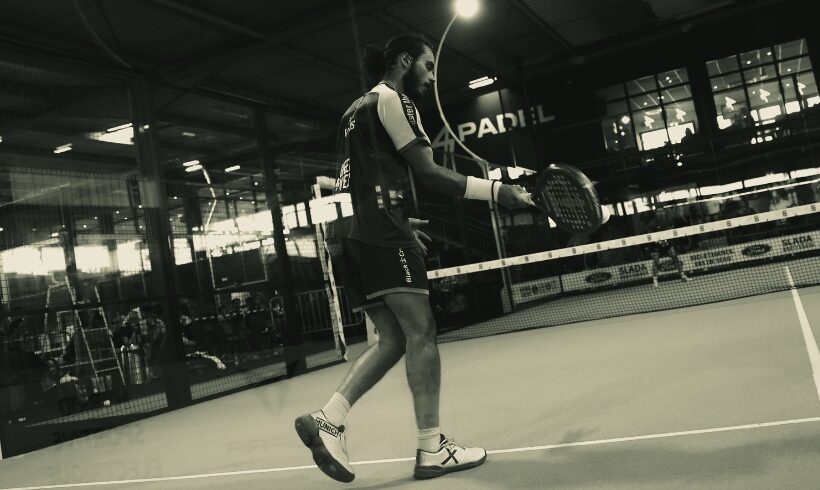 Manuel Vives: “It’s extremely difficult to get by financially”
Manuel Vives: “It’s extremely difficult to get by financially”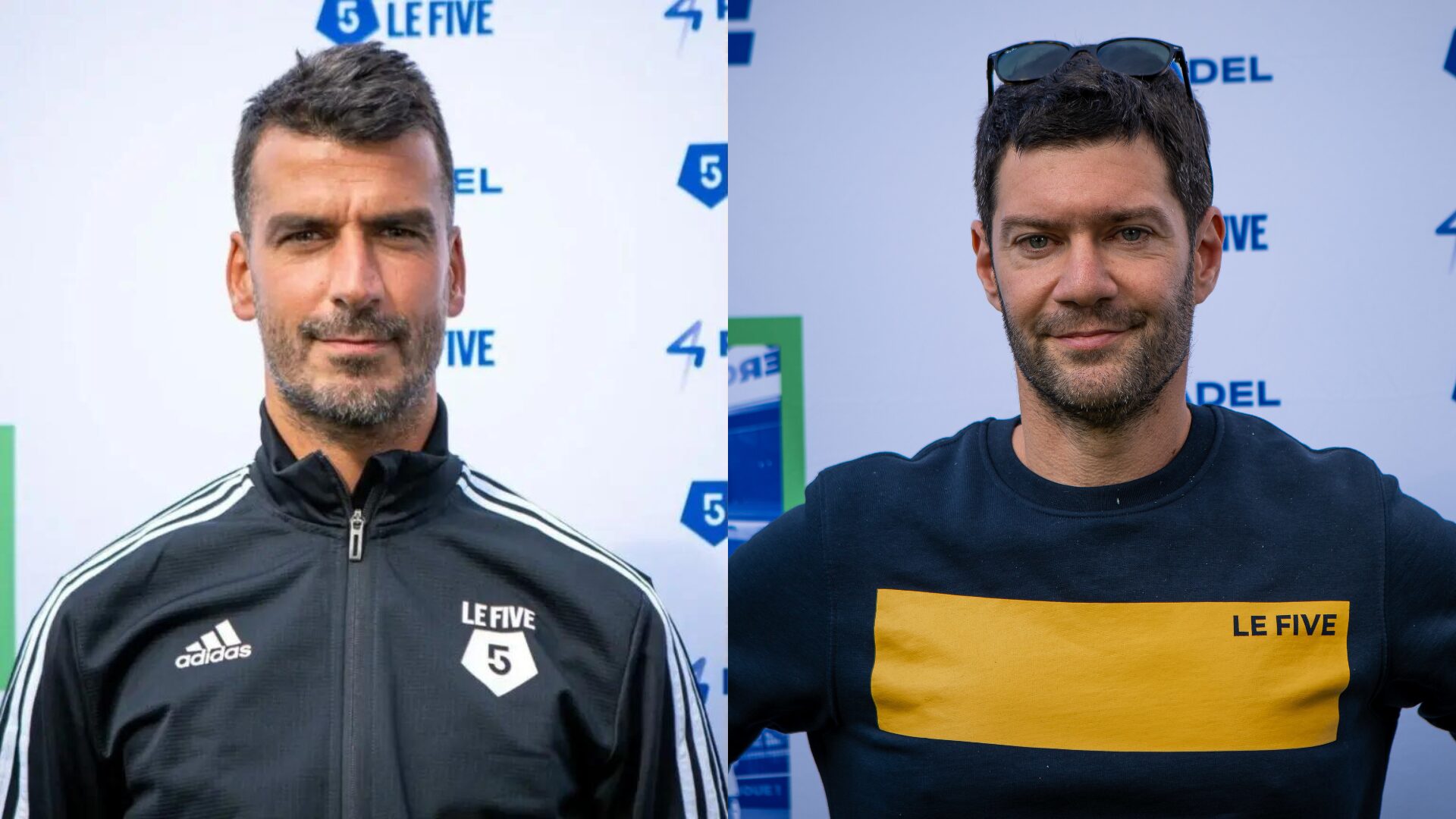 And 4 for Frédérick and Mehdy with network 4PADEL !
And 4 for Frédérick and Mehdy with network 4PADEL !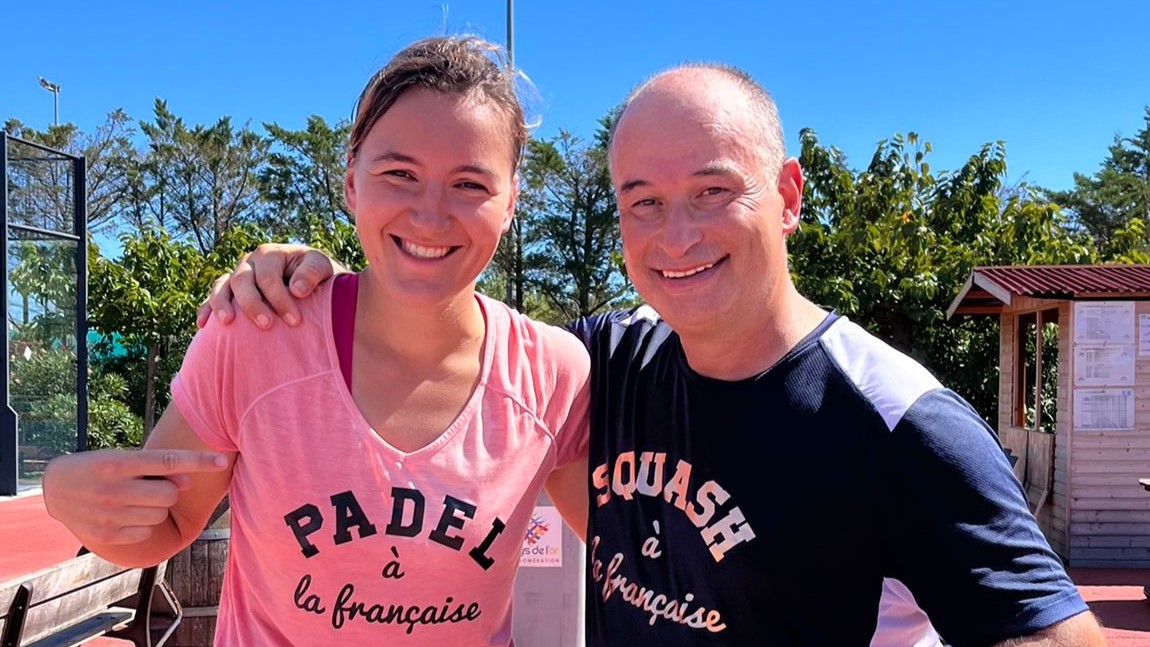 Benoît Letourneau (GM Squash & Padel): “Have a hundred young people in multi-snowshoes within three years”
Benoît Letourneau (GM Squash & Padel): “Have a hundred young people in multi-snowshoes within three years” World Seniors Plus 2024: the French in the semi-final!
World Seniors Plus 2024: the French in the semi-final! The French Overseas Territories: land of padel and challenges facing humidity and cyclones
The French Overseas Territories: land of padel and challenges facing humidity and cyclones A par 4 is always a winner...even if you manage to defend it!
A par 4 is always a winner...even if you manage to defend it!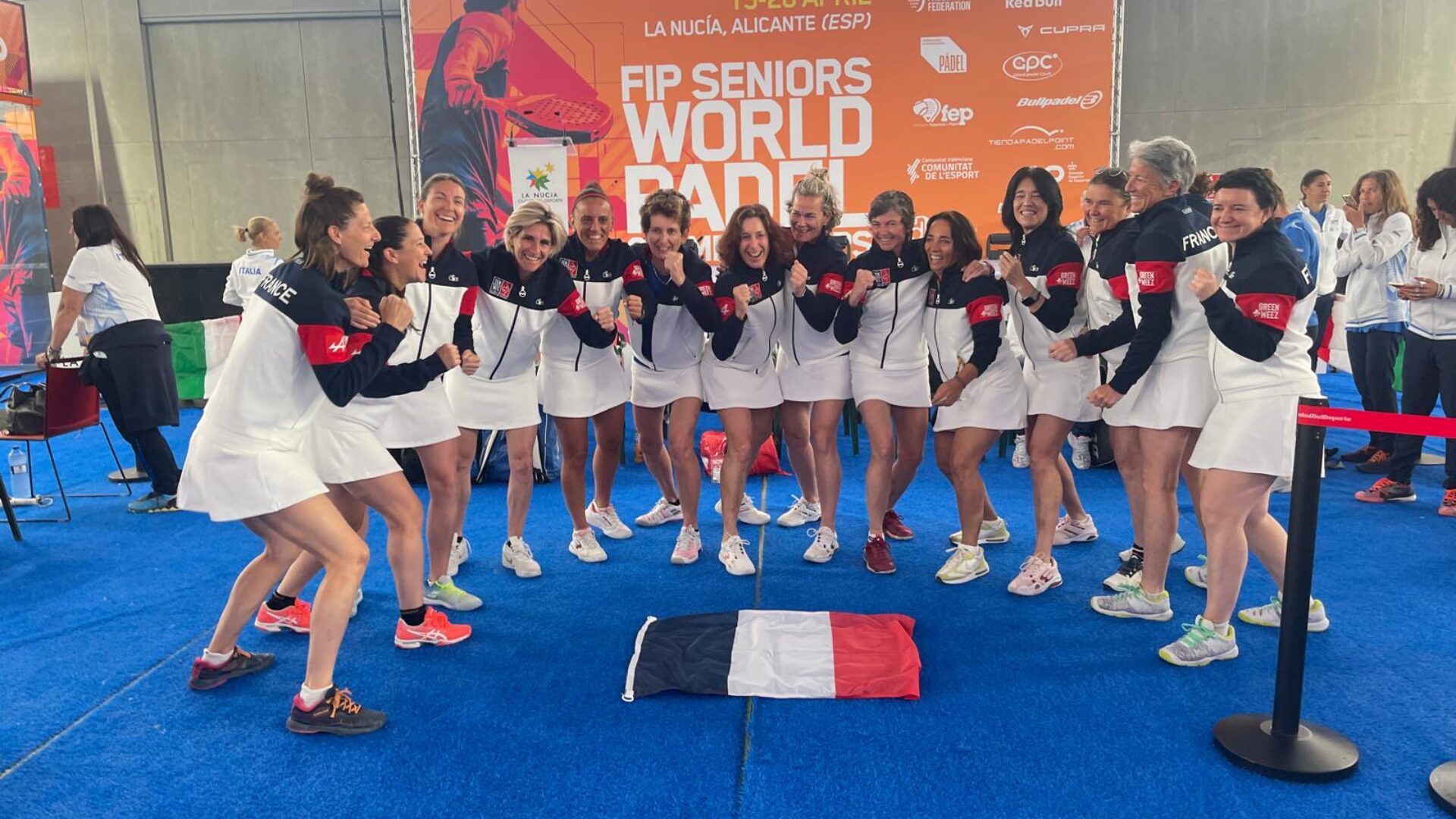 World Seniors Plus 2024: the French in the final against Spain!
World Seniors Plus 2024: the French in the final against Spain!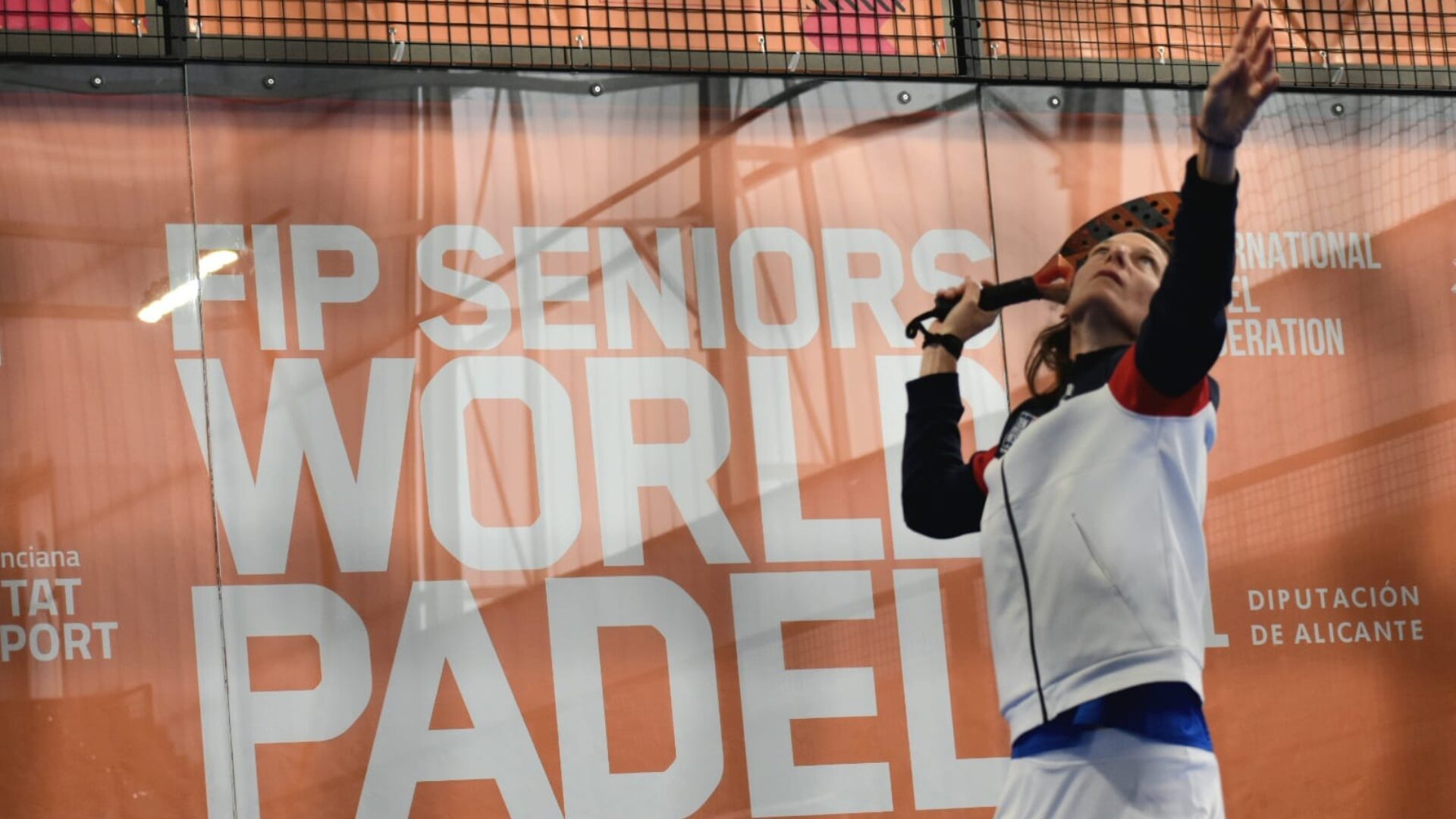 World Seniors Plus 2024 Open (F): the French imitate the French with 4 pairs in the semi-finals
World Seniors Plus 2024 Open (F): the French imitate the French with 4 pairs in the semi-finals World Seniors Plus 2024 Open (M): four French pairs in the semi-finals, and the psychological advantage gained against the Italians!
World Seniors Plus 2024 Open (M): four French pairs in the semi-finals, and the psychological advantage gained against the Italians! Play at padel on his yacht? Possible for €233.000!
Play at padel on his yacht? Possible for €233.000!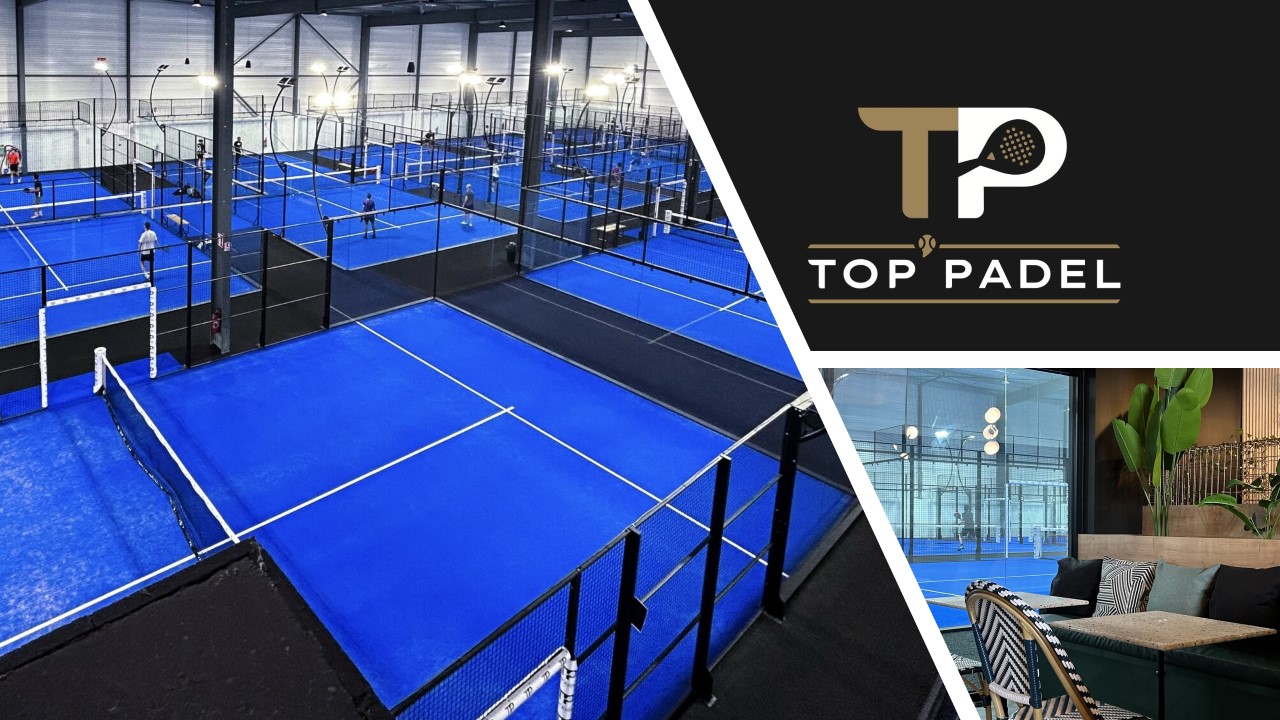 TOP Padel : “A premium club with 10 slopes in Toulouse”
TOP Padel : “A premium club with 10 slopes in Toulouse” The padel of the Barrière Country Club are born in La Baule
The padel of the Barrière Country Club are born in La Baule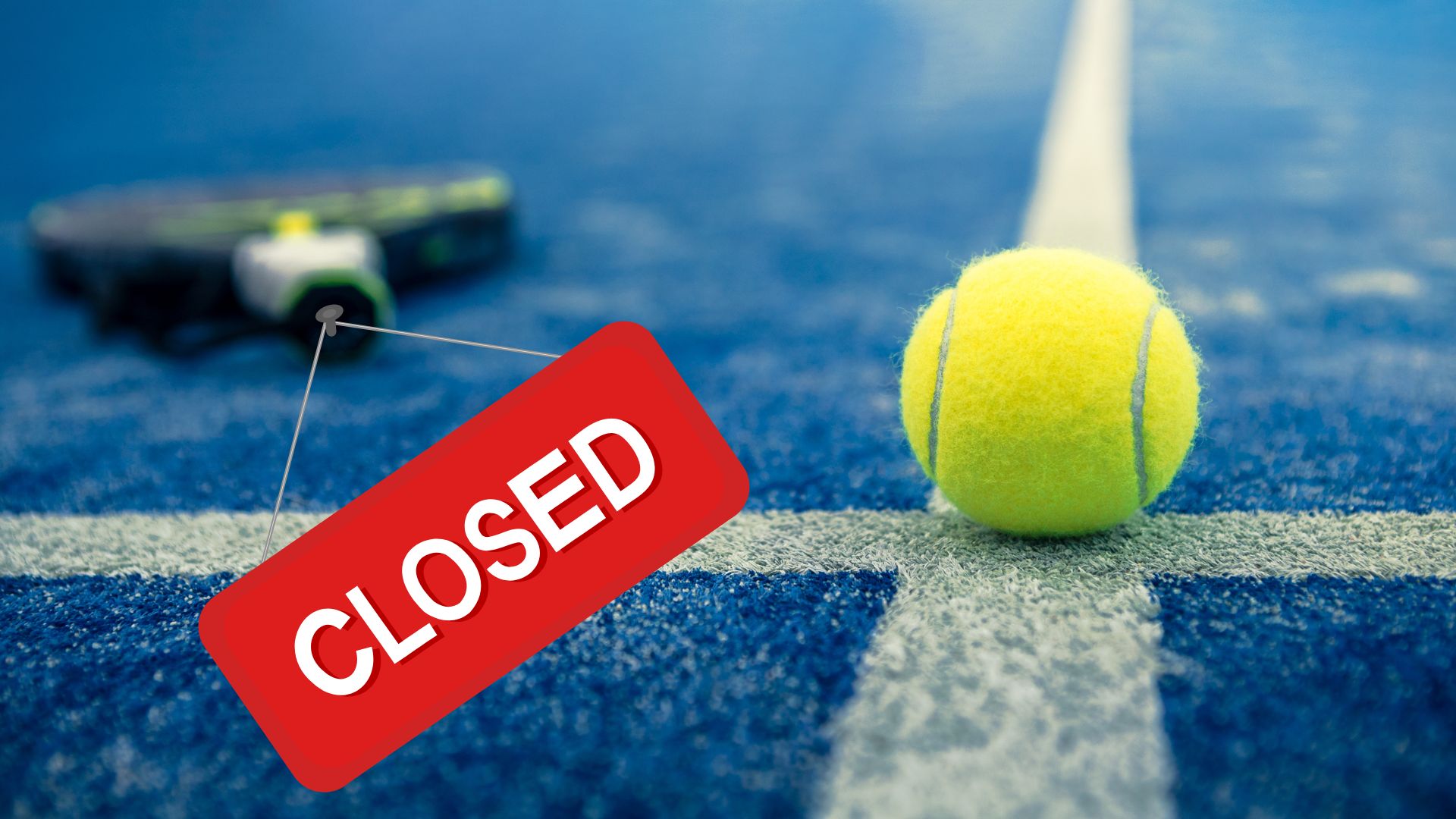 Why clubs padel do they close?
Why clubs padel do they close? The basic tactics of padel
The basic tactics of padel Carbon fiber VS fiberglass: what to choose?
Carbon fiber VS fiberglass: what to choose? How to effectively test a racket padel ?
How to effectively test a racket padel ? At the heart of padel – Episode 23: defend the window well
At the heart of padel – Episode 23: defend the window well Prohibition on playing topless Padel : the reasons
Prohibition on playing topless Padel : the reasons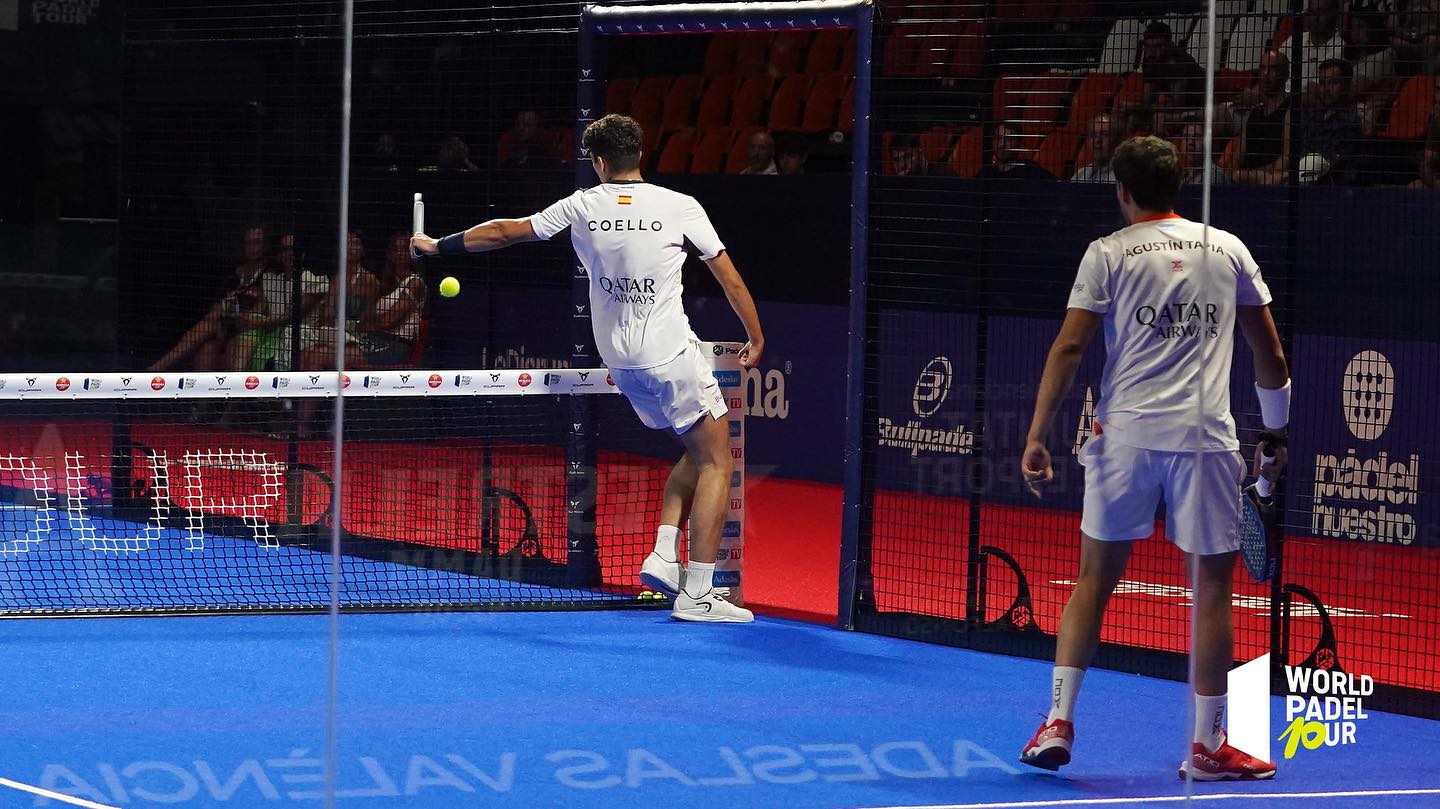 What is the difference between a dormilona, a dejada and a cushioned puerta?
What is the difference between a dormilona, a dejada and a cushioned puerta? FIP Tour – Going far from Europe, THE strategy to earn points!
FIP Tour – Going far from Europe, THE strategy to earn points! What is a good football player? padel ?
What is a good football player? padel ? “Lefties give me headaches when I play against them!”
“Lefties give me headaches when I play against them!” At the heart of padel – Episode 14: how to earn points in winter?
At the heart of padel – Episode 14: how to earn points in winter? La padel to fight Parkinson's disease
La padel to fight Parkinson's disease Don't play with a cracked or broken racket, your body will thank you!
Don't play with a cracked or broken racket, your body will thank you! Michel Cymes: “The padel, physically, it’s serious!”
Michel Cymes: “The padel, physically, it’s serious!” Jeremy Gala: “Promote the padel among young people in Belgium remains a challenge”
Jeremy Gala: “Promote the padel among young people in Belgium remains a challenge” The French Touch Academy organizes its selection day Padel-Study
The French Touch Academy organizes its selection day Padel-Study Report on the detection and training of younger generations
Report on the detection and training of younger generations Player's adult courses from April 8 to 21, 2024!
Player's adult courses from April 8 to 21, 2024!